Established in 1961 by Maharaja Dr Karni Singhji, the Junagarh Fort Museum is situated inside the Junagarh Fort Complex of Bikaner. The fort itself was built by Raja Rai Singh between 1588 and 1593. The fort is bounded by a moat, has a total of 986 long walls and has lower ramparts and towers featuring Indo Mughal architectural elements. Spread across 5.2 hectares, it houses temples, pavilions and 7 palaces such as the Badal Mahal Palace, the Gaj Mandir Palace, the Phool Mahal Palace, the Anup Mahal Palace, the Hawa Mahal Palace and the Vikram Vilas Palace. The fort complex has two main entrances through Suraj Pol (sun gate) and Daulat Pol along with inner gates such as Chand Pol, Karan Pol and Fateh Pol.
The Junagarh Fort Museum displays a wide collection of arms and armour such as jade handle daggers, camel hide and inlaid handguns, camel guns and long-barrelled guns that reach up to the ceiling. The museum also features gold and silver howdahs (a seat for riding on the back of an elephant or camel), jhulas (swings), Sanskrit and Persian manuscripts, miniature paintings, jewels, royal costumes, farmans (royal orders), portrait galleries, costumes, headgear and costumes of religious idols. A pair of drums belonging to Guru Jambeshwar Ji, the founder of Bishnoi sect is one of the highlighted displays. Apart from this, the museum houses photographs and items of domestic use from the royal household and a DH9 De Havilland warplane. The plane was presented to Maharaja Ganga Singh by the British government to recognize the contribution of the Bikaner State Forces during the First World War.
Some other historically relevant pieces displayed at the museum include the ancient throne of the Rathores which was the original seat of the Rathore dynasty and the heavy sword of Maharaja Padam Singh believed to weigh about 27 kg.
This content has been created as part of a project partnered with Royal Rajasthan Foundation, the social impact arm of Rajasthan Royals, to document the cultural heritage of the state of Rajasthan.
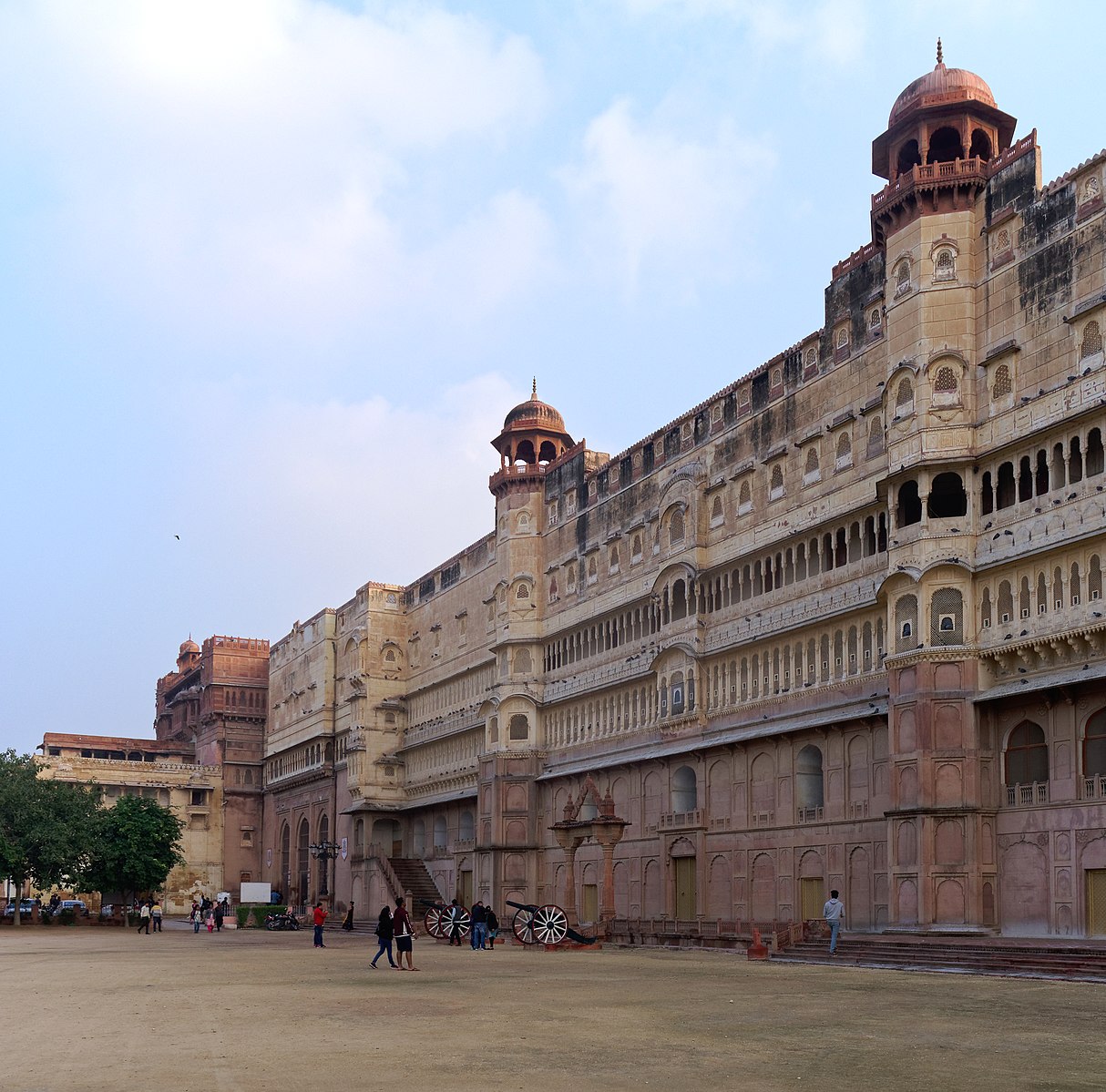
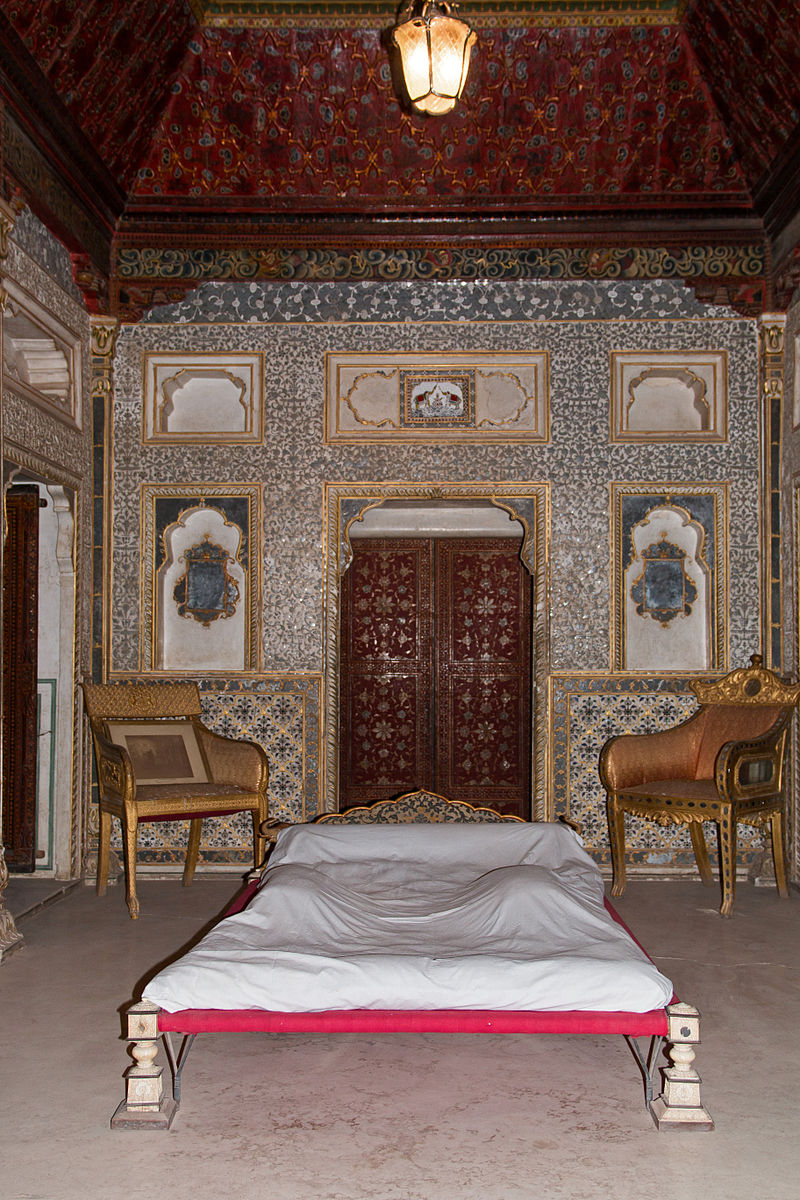
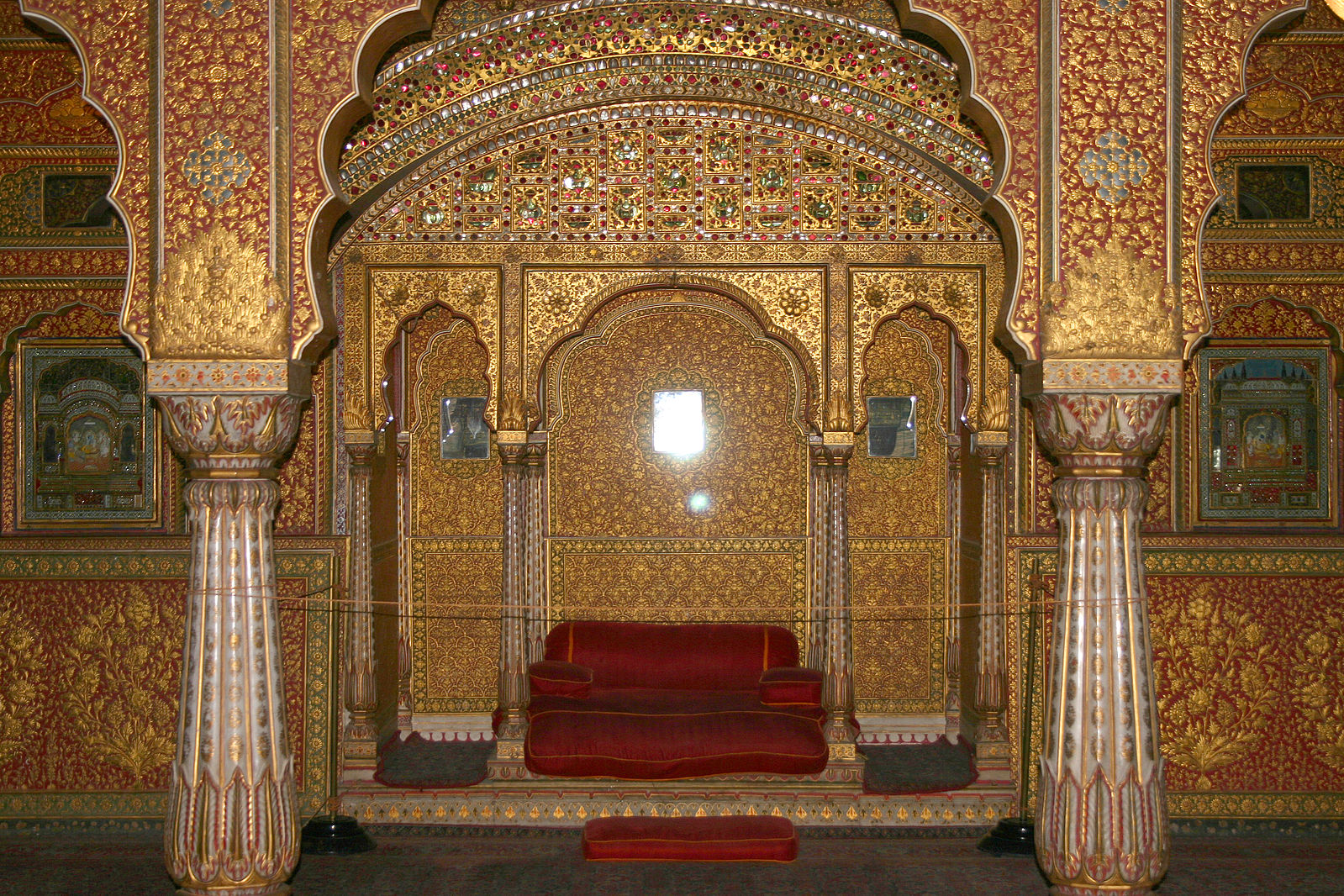
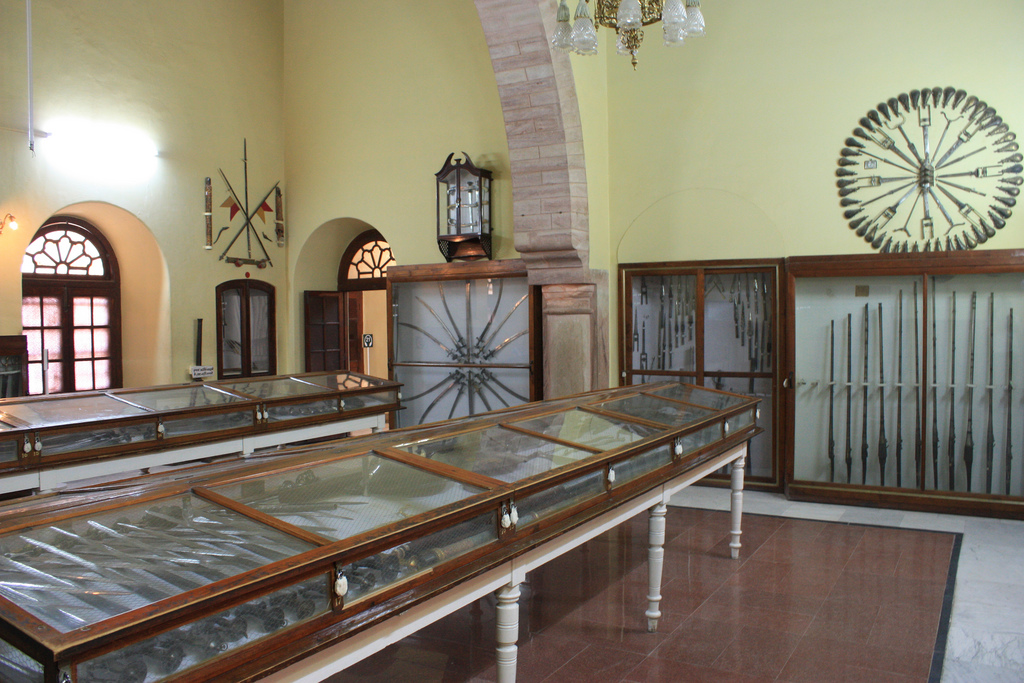
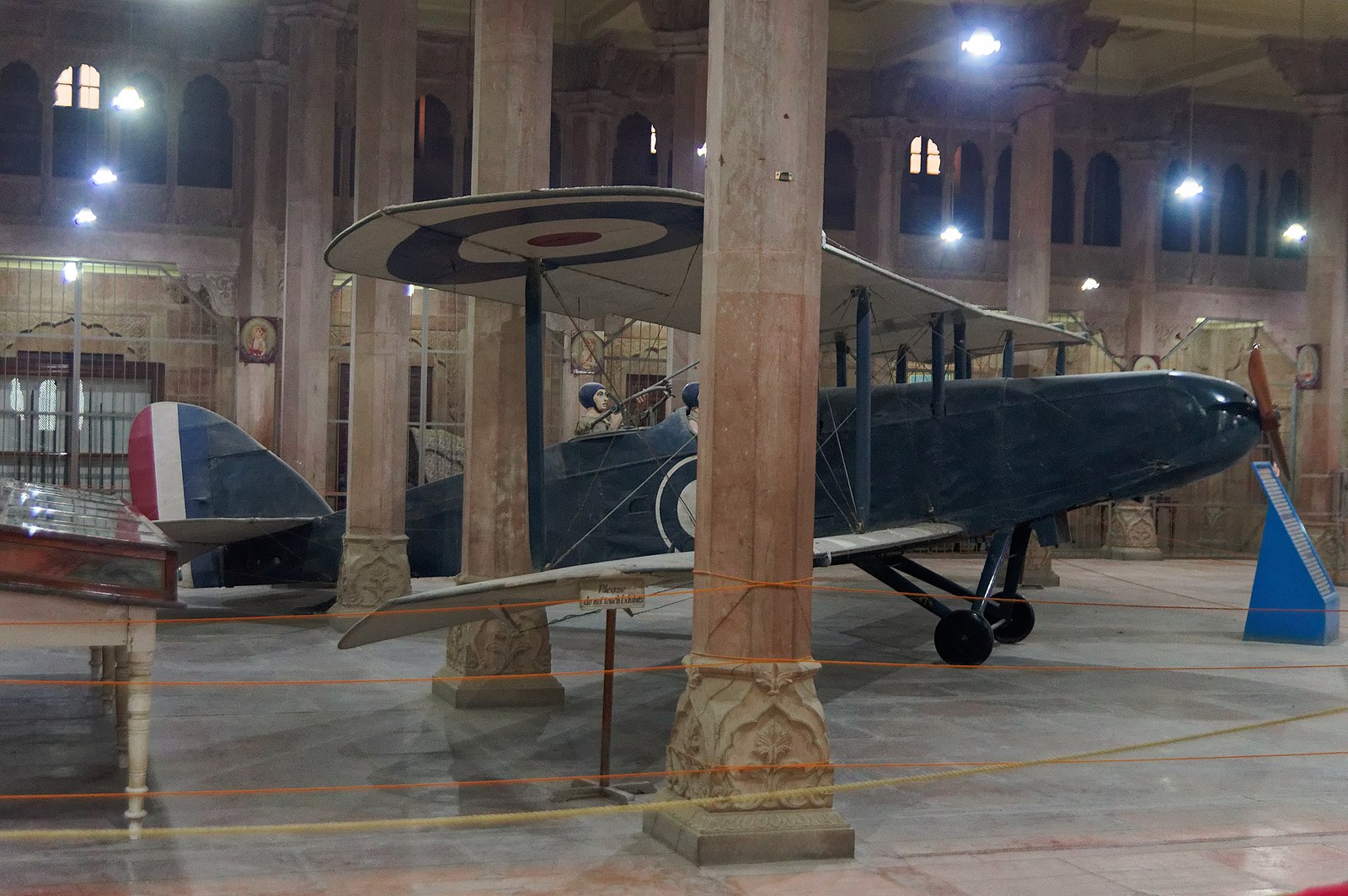
2. Some other historically relevant pieces displayed at the museum include the ancient throne of the Rathores which was the original seat of the Rathore dynasty and the heavy sword of Maharaja Padam Singh believed to weigh about 27 kg.
